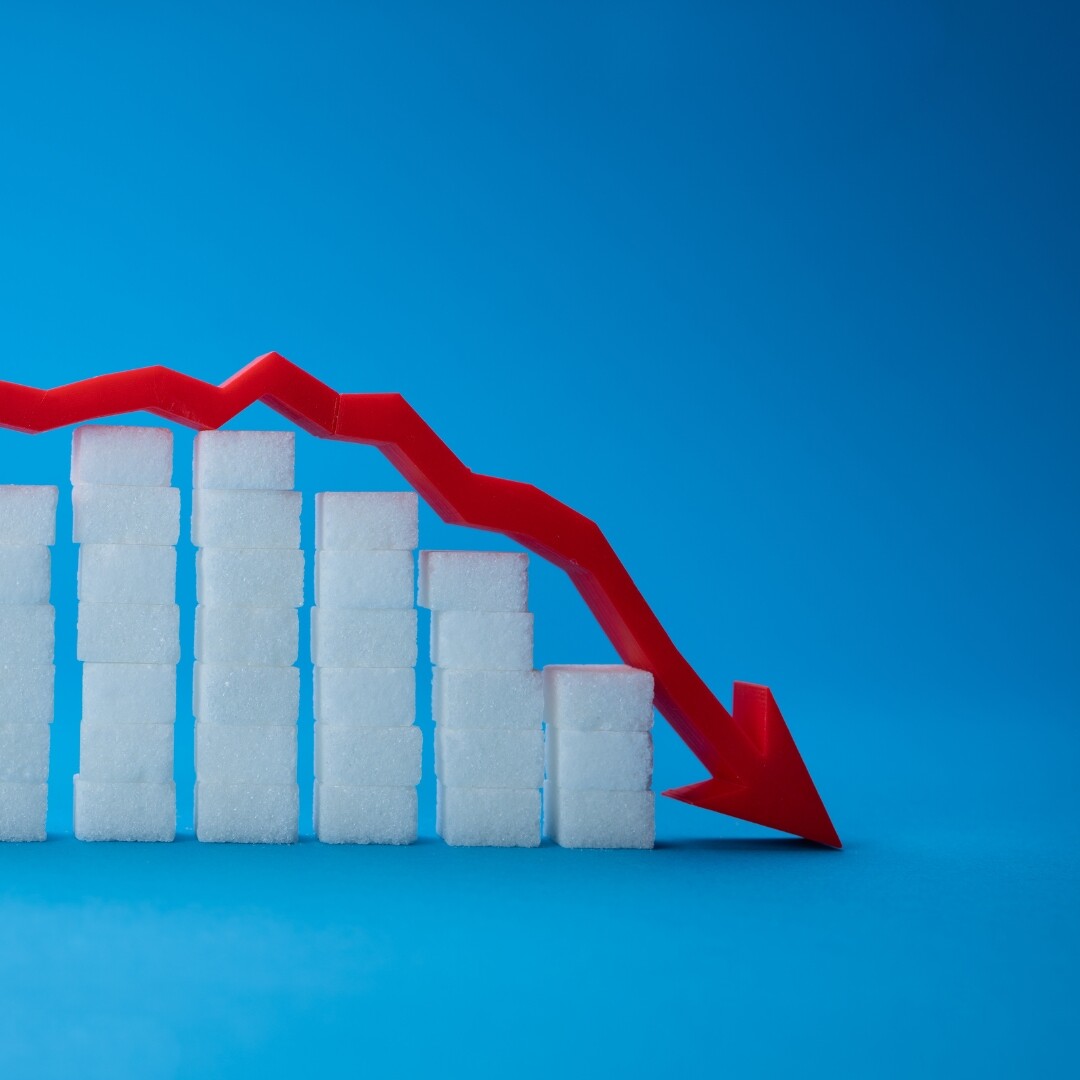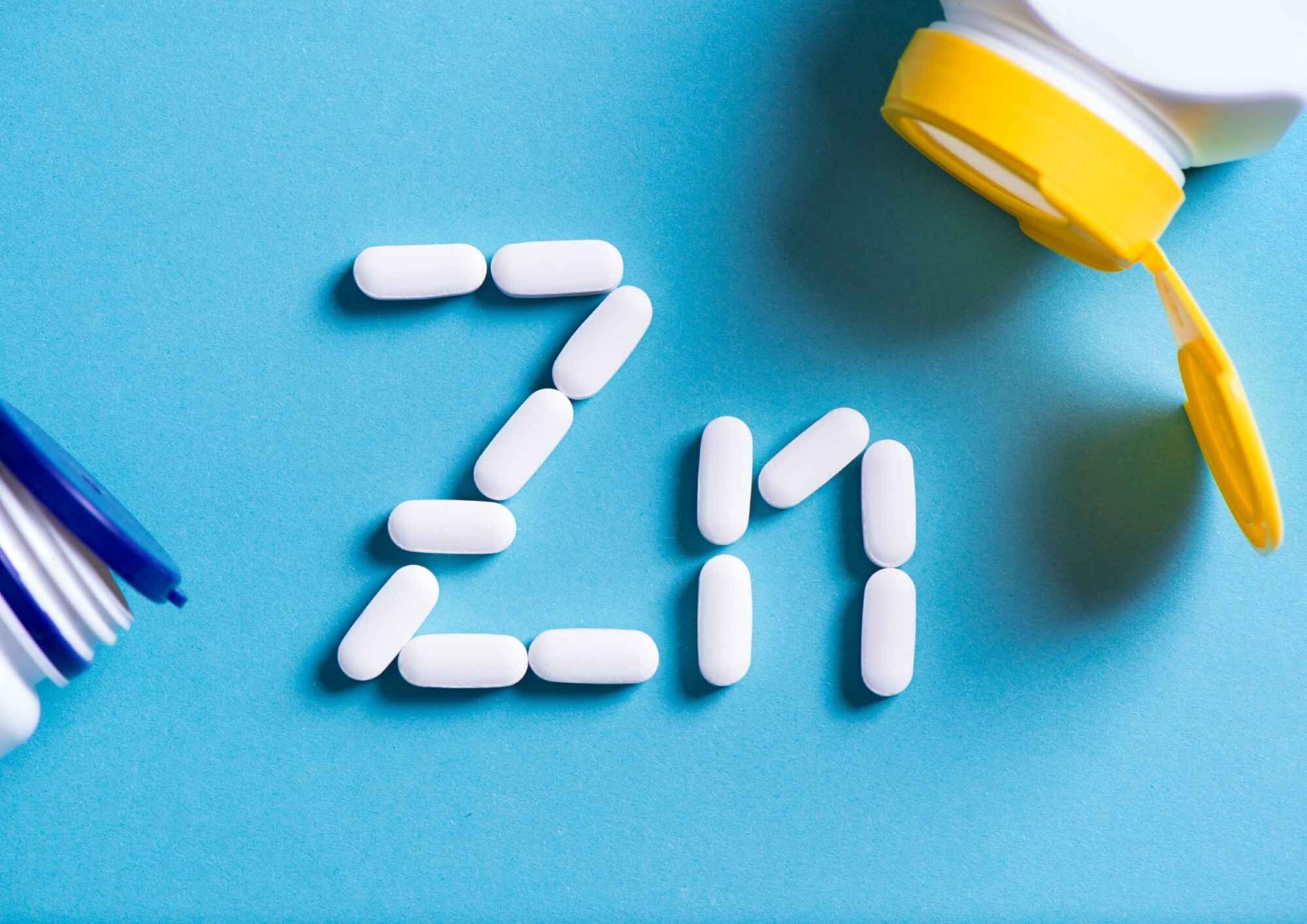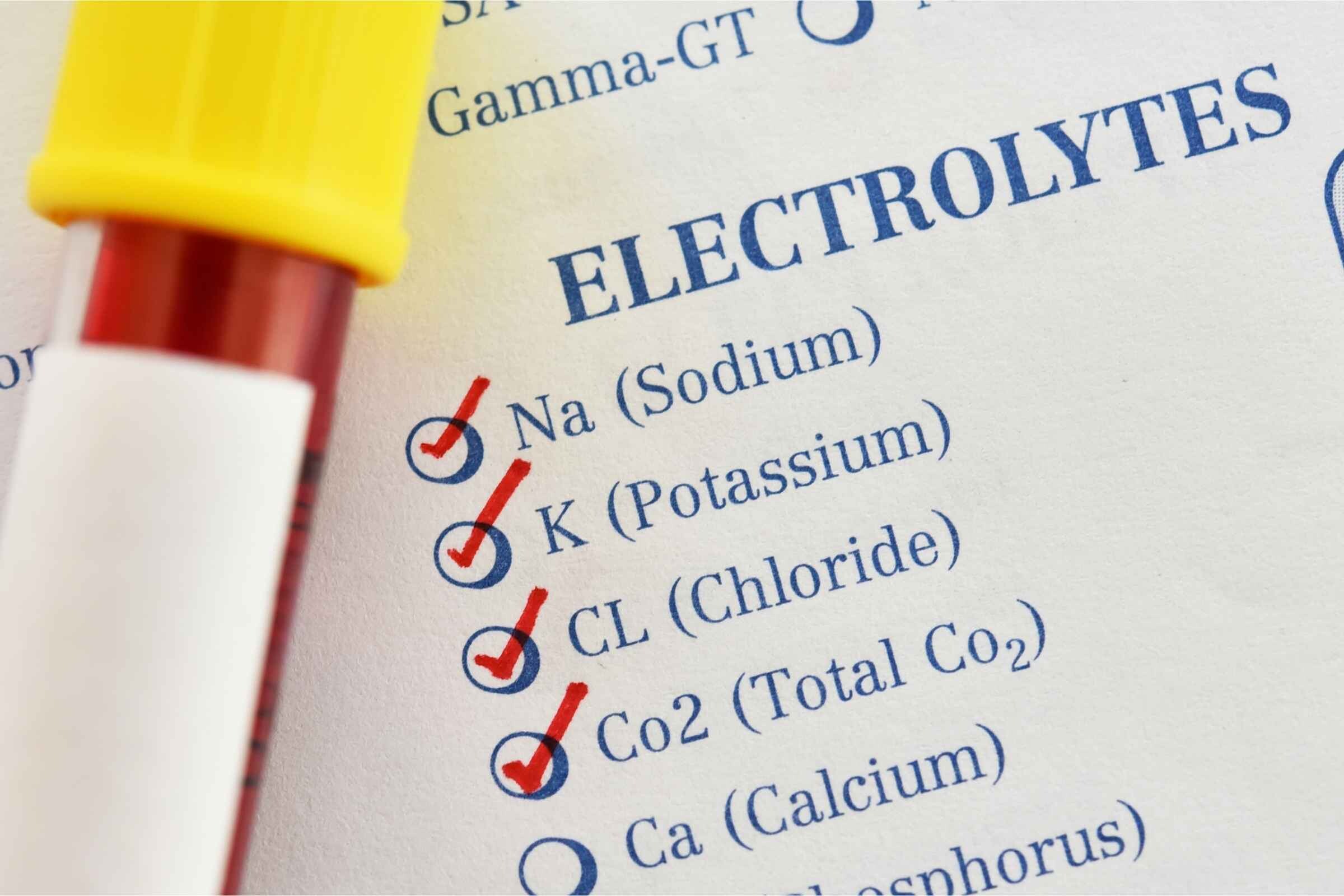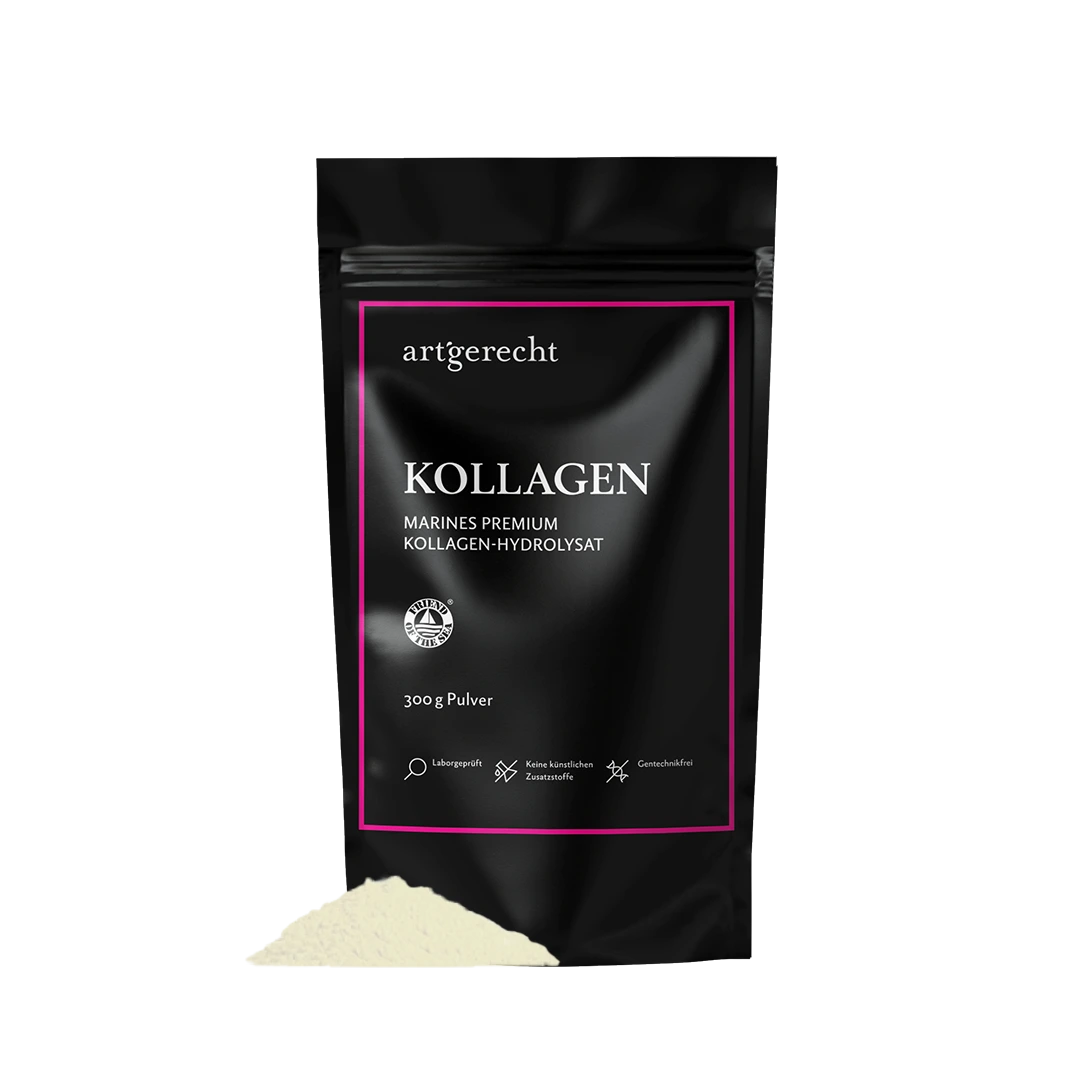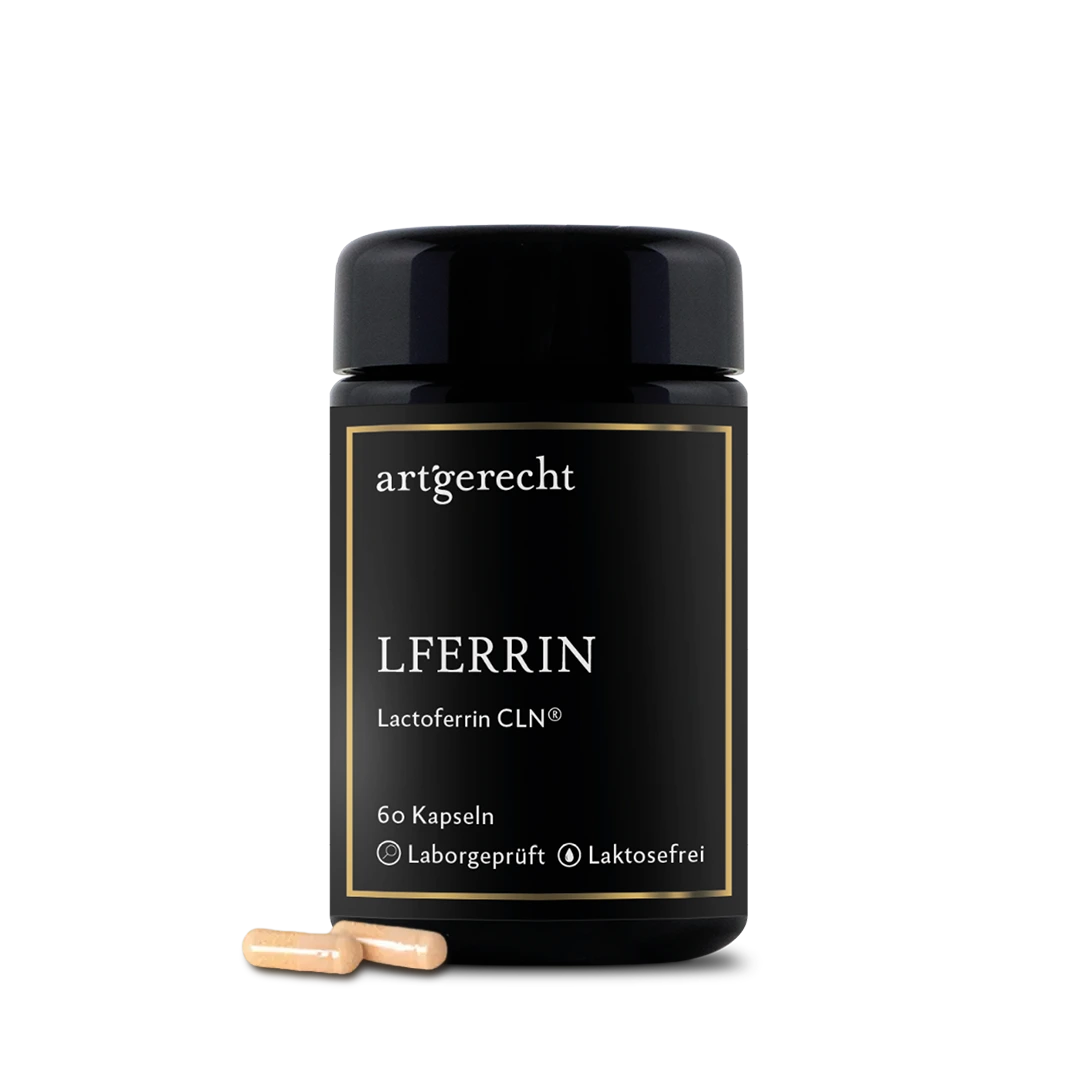How is blood sugar regulated in the human body?
Carbohydrates are the most important source of energy for humans and also serve as building blocks for macromolecules. They can be absorbed in the form of monosaccharides (e.g. glucose and fructose), oligosaccharides (e.g. sucrose and lactose) or polysaccharides. These substances are the central energy suppliers for all cells. The brain covers its energy requirements almost exclusively with glucose. The digestion of carbohydrates begins in the mouth. There, enzymes in the saliva (amylases) break down the compounds into monosaccharides and oligosaccharides. Glucose is then absorbed into the beta cells of the pancreas via special glucose transporters. There, glucose is converted into the energy carrier ATP (adenosine triphosphate) in certain metabolic processes, which in turn triggers the release of insulin.
Insulin binds to receptors in the liver, muscles and fatty tissue and lowers blood sugar levels. It promotes the breakdown of glucose (glycolysis) and the conversion of glucose into its storage form glycogen (glycogen synthesis). In addition, insulin supports the synthesis of various endogenous proteins and also has a growth-promoting effect at the cellular level. In summary, insulin acts as an anabolic hormone, which causes the build-up of energy stores ¹. The hormone glucagon acts as an antagonist of insulin and plays a central role in the regulation of glucose homeostasis. It is also released by the pancreas from the alpha cells into the blood when the blood sugar level is low. The main function of glucagon is to stimulate glucose production (gluconeogenesis) in the liver from the storage form glycogen, which leads to an increase in blood glucose levels. It acts as a catabolic hormone and causes energy stores to be broken down in order to provide energy. The complex interaction of insulin and glucagon ensures the regulation of glucose homeostasis and thus a stable blood glucose level, which is of central importance for humans ,.
What are the consequences of dysregulation?
Under normal conditions, the finely tuned interaction between insulin and glucagon ensures stable regulation of blood glucose levels in the range of 81 to 117 mg/dl. Dysfunctions in this interaction can have a variety of consequences ³. Long-term, excessive consumption of high-calorie foods and lack of exercise can promote the development of insulin resistance. At the beginning, this often leads to a reduced insulin sensitivity of the cells, to which the body reacts with a compensatory overproduction of insulin. This chronically increased insulin secretion can ultimately lead to a downregulation of the insulin receptors, which promotes the development of type 2 diabetes mellitus. This condition is often accompanied by other components of metabolic syndrome, such as obesity and elevated blood lipid levels. Together, these factors represent one of the biggest health challenges of the 21st century ¹,⁴,⁵.
Nutrients to maintain a balanced blood sugar level
There are many different nutrients that can contribute to maintaining a balanced blood sugar level, such as chromium, epigallocatechin gallate or myo-inositol.
Chromium is an essential micronutrient that plays a crucial role in the metabolism of glucose, insulin and blood lipids. An insufficient intake of chromium in the diet is associated with an increased risk of developing type 2 diabetes mellitus. Chromium supports insulin action by promoting the binding of insulin to cell receptors, increasing the number of insulin receptors and activating insulin receptor kinase. These mechanisms can contribute to improved insulin sensitivity and more efficient glucose utilization ⁶. The recommended adequate intake of chromium for adults is 25-35 μg per day. Chromium has been shown to be a safe dietary supplement in multiple publications and is currently being discussed as a supplement in the treatment of manifest type 2 diabetes mellitus.
The flavonoid of green tea epigallocatechin gallate (EGCG) has shown a glucose-lowering effect in animal studies. The work of Waltner-Law et al. demonstrated that EGCG can reduce glucose production in the liver ⁸. This increased hepatic glucose production is the result of insulin resistance, for example in the context of type 2 diabetes mellitus 3.
Multiple inositol isomers, in particular myo-inositol and D-chiro-inositol, have been shown to have insulin-like properties and are able to effectively lower blood glucose levels after meals ⁹. A pilot study by Pintaudi et al. with type 2 diabetics who took an inositol preparation daily showed that inositol intake could lead to a reduction in blood sugar levels as well as a reduction in long-term blood sugar levels (HbA1c) ⁰.
Blood sugar complex from artgerecht
The Blood Sugar Complex from artgerecht offers a way to maintain and support the normal function of the blood sugar balance. The special combination of high-quality plant extracts from grape seeds, cinnamon bark, fenugreek and essential minerals such as chromium can help to stabilize blood sugar levels and activate important metabolic processes. The Blood Sugar Complex is ideal for people who want to keep their blood sugar naturally balanced and support their metabolic health. It can be particularly helpful for people who want to supplement their diet and lifestyle in order to stabilize their blood sugar levels.
¹ Behrends et al: Dual Series Physiology. 4th edition Thieme 2021, ISBN: 9783132438651.
² Jiang, G., & Zhang, B. B. (2003). Glucagon and regulation of glucose metabolism. American Journal of Physiology-Endocrinology and Metabolism, 284(4), E671-E678.
³ Müller-Esterl et al: Biochemistry. 3rd corrected edition Springer Verlag 2017, ISBN: 978-3-662-54850-9
⁴ Mehnert, H., & Standi, E. (2000). Type 2 diabetes. Compendium of Practical Medicine, 255-273.
⁵ Petersen, M. C., & Shulman, G. I. (2018). Mechanisms of insulin action and insulin resistance. Physiological reviews.
⁶ Anderson, R. A. (2000). Chromium in the prevention and control of diabetes. Diabetes and metabolism, 26(1), 22-28.
⁷ Ryan, G. J., Wanko, N. S., Redman, A. R., & Cook, C. B. (2003). Chromium as adjunctive treatment for type 2 diabetes. Annals of Pharmacotherapy, 37(6), 876-885.
⁸ Waltner-Law, M. E., Wang, X. L., Law, B. K., Hall, R. K., Nawano, M., & Granner, D. K. (2002). Epigallocatechin gallate, a constituent of green tea, represses hepatic glucose production. Journal of Biological Chemistry, 277(38), 34933-34940.
⁹ Croze, M. L., & Soulage, C. O. (2013). Potential role and therapeutic interests of myo-inositol in metabolic diseases. Biochimie, 95(10), 1811-1827.
¹⁰ Pintaudi, B., Di Vieste, G., & Bonomo, M. (2016). The effectiveness of Myo‐inositol and D‐chiro inositol treatment in type 2 diabetes. International journal of endocrinology, 2016(1), 9132052.

